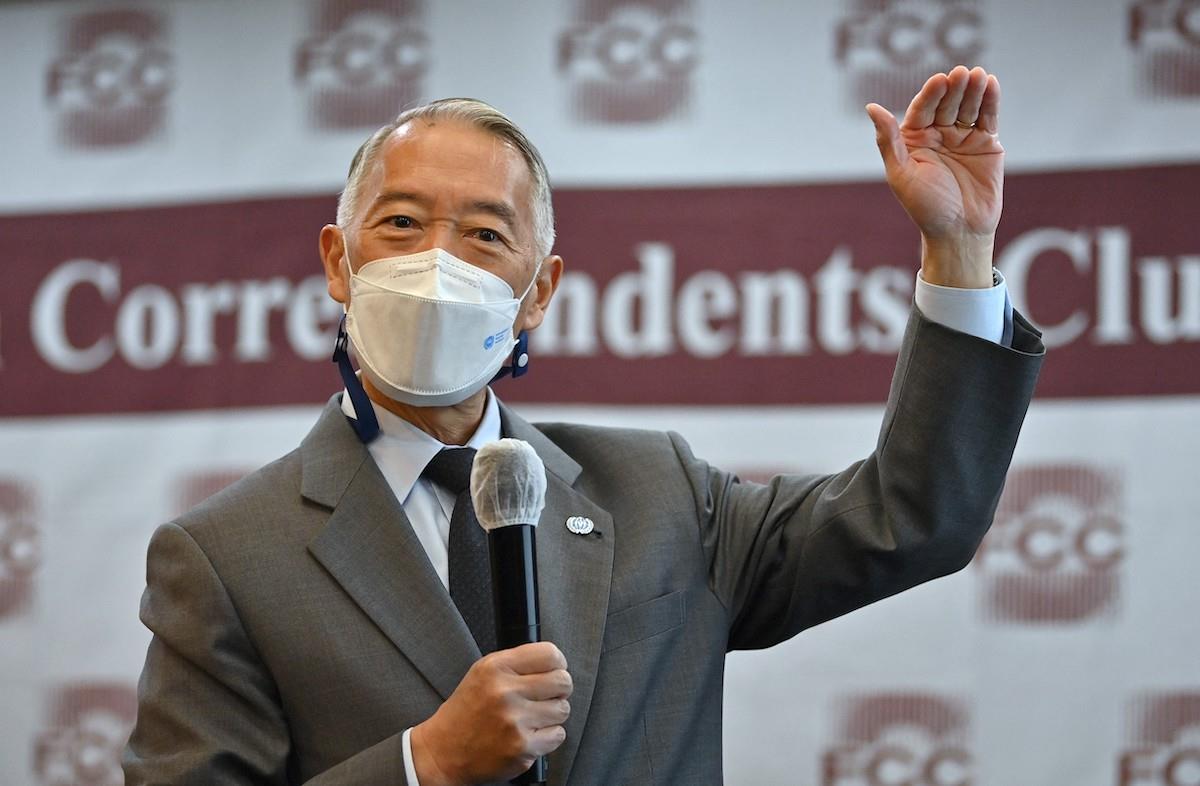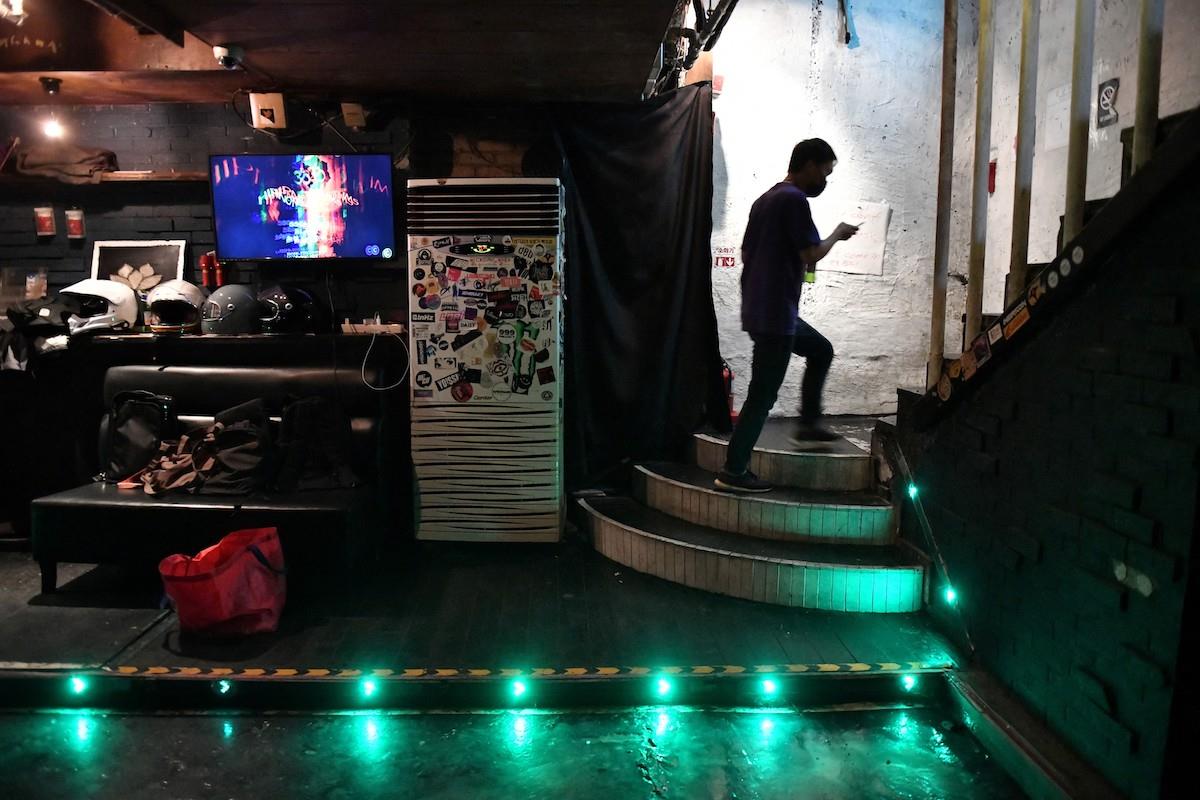(MENAFN- Asia Times) SEOUL – Pandemic-weary South Korea, the second country to suffer a major outbreak of COVID-19 after China, is planning to ease restrictions from the end of October, the prime Minister said on Sunday.
“By late October, 70% of the entire population will have gotten fully vaccinated,” Kim Boo-kyum told a televised forum on Sunday. “That means the space for the coronavirus will have shrunken that much. Then, we will be able to move onto the next stage.”
Given South Korea's low percentage of fully vaccinated people – 44.9% at present – that is an aggressive forecast. But at a time when pandemic fatigue is becoming evident, political pressures are piling up. Kim cited both the complaints of the people and the trials facing small businesses.
“We are in a situation that makes it very difficult to ask citizens, who have cooperated for the last one year and eight months, just to endure,” he said.“The cries of small businesses have continued to be heard.”
Seoul has consistently maintained – even at times when its vaccination drive faltered due to global supply shortfalls – that it will achieve herd immunity by November.
Even so, the ambition to“live with Covid” – known locally as the“with-Corona” strategy – rather than taking a“Fortress Korea” approach, is a fraught one.
On Saturday, the country registered its highest number of daily Covid infections ever : 3,272. That number fell to 2,771 on Sunday and to 2,383 on Monday.

A South Korean soldier receives his first dose of AstraZeneca at the Armed Forces Capital Hospital in Seongnam, south of Seoul. Photo: AFP / South Korean Defence Ministry
The numbers, good and bad
After a slow start in February, national vaccination rates have been accelerating and new target groups will be added to the drive. The Korea Disease Control and Prevention Agency, or KDCA, aims for more than 80% of adults nationwide to have at least one shot by the end of October, granting herd immunity by November.
According to the latest information from Our World in Data , 73.7% of the South Korean population has now received at least one dose of a vaccine and 44.9% are fully vaccinated. And programs continue to accelerate. From October, those groups eligible for vaccinations will expand to include pregnant women and children aged 12-17, the KDCA announced on Monday.
Still, South Korea lags behind similarly prosperous countries in Europe and North America and needs to move very, very fast in the coming weeks it is to have 70% full vaccinations by the end of October, according to the prime minister's aim.
If achieved, that would put South Korea ahead of most other countries. According to Our World in Data, 55.9% have been fully vaccinated in the US, 56.5% in France, 67.1% in the UK and 71% in Canada.
Elsewhere in developed Asia, the figure for the fully vaccinated is 54.6% in Hong Kong, 56% in Japan and 80.1% in Singapore.
Yet South Korea's Covid death rates are among the lowest. The nation of 52 million has registered only 2,456 mortalities from the novel coronavirus, whereas countries with roughly similar populations, such as Italy, France and the UK, have all had more than 100,000 dead.
The health service is coping. The occupancy rate of South Korea's ICU beds nationally was reportedly about 50% over the weekend.

Director general of the International Vaccine Institute, Jerome Kim, during a press briefing on Covid-19 vaccinations at the Seoul Foreign Correspondents' Club on April 27, 2021. Photo: AFP / Jung Yeon-je
Jerome Kim, who heads the International Vaccine Institute, told Asia Times that data shows while infections are now two to three times higher than those seen over the summer, hospitalization rates have been steady.
That suggests the efficacy of vaccines and treatment protocols. Some breaths are still being held, however.
There is a widely reported fear among health authorities that a major new wave of infections will hit the country from midweek, in the aftermath of the annual Chuseok, or Harvest Thanksgiving, holiday. That holiday ran from September 18 to 22 and saw millions of families leave cities to visit their hometowns.
Kim's boss said Monday that beating the expected post-Covid surge will be key to the late-October normalcy plan.
“In order to achieve the phased recovery of daily life at an early date, the key is to flatten the surge after the Chuseok holiday,” President Moon Jae-in was quoted as saying on Monday by the presidential spokesperson.
Elsewhere, a divide is becoming apparent in the strategies national governments are taking around the world.
Low-profile pushback
Multiple countries have taken the decision to open up their economies and societies and accept a certain level of Covid deaths. Others continue to prioritize containment measures, despite the economic and social costs.
One expert suggested that South Korea was already in the former camp.
“This is my personal opinion, but I think the Koreans have been already adopted this,” said the IVI's Kim.“We have been seeing over 1,000 daily infections for two months now and the government has not locked down or got really strident.”
Throughout the pandemic, the South Korean government has avoided lockdowns, though it has instituted various levels of social distancing. At present, the most obvious in the Seoul area are the 10pm curfew for bars and restaurants and mandatory mask-wearing.
Signs of economic damage are clearly visible in multiple locations around Seoul.
Empty windows are now a key feature on the formerly glitzy main street of the downtown shopping precinct of Myong Dong, which relied heavily on overseas visitors. Formerly pulsating nightlife districts turn strangely silent after 10pm.
But the South Korean public has largely accepted the need for these strictures without resistance and buckled under. That means the government has not been forced to take harsher measures.
“This is a country where if they really wanted to get infections down to Singapore-type levels, they could do, but they are not,” said Kim.“So what they are trying to do is maintain the protection of the community at the same time as preserving the economy – like living with the 'flu.”
Even though no national protest movement has so far coalesced, signs of social-distancing fatigue are becoming apparent.
While masks are officially mandated and are, indeed, ubiquitous on public transport and in downtown streets, in office buildings, it is now common to see workers without masks. Likewise, in the mountains south of Seoul on Sunday, many hikers were unmasked.
Some shops, cafes and restaurants have grown lax at demanding customers sign in to their premises, or register with QR codes. Many establishments now accept more than the maximum number of diners or drinkers permitted – six, assuming four can show proof of full vaccination – by seating them at adjacent, but closely placed, tables.

A guest walks up the stairs during a party in an underground music club in Seoul. Photo: AFP / Jung Yeon-je
And some business owners are actively pushing back.
Last Friday night in a popular nightlife district, one bar owner told Asia Times that he was not in a rush to kick his regular clients out, even after the curfew.
Another owner of a basement“speakeasy” bar in the same district which had remained open, with dimmed lights, until 3am, said multiple competitors in the area were also breaching curfew.
Although the venues took some precautions – blacking out windows, keeping lights low, only permitting known, regular customers in via telephone appointment and accepting cash, rather than credit cards – she said there was little fear of law enforcement.
MENAFN27092021000159011032ID1102869630